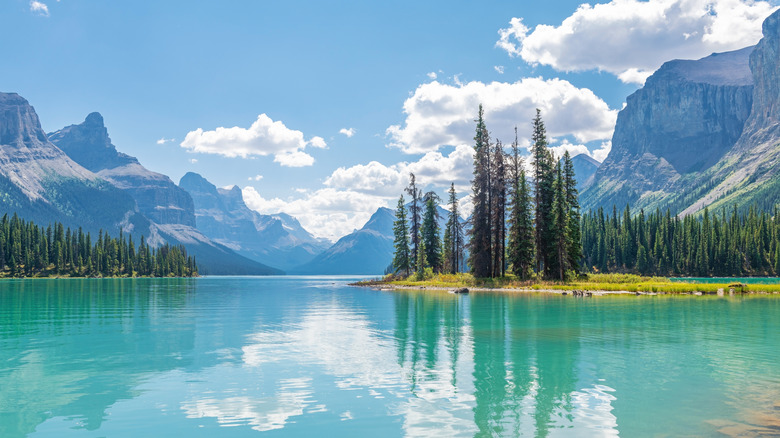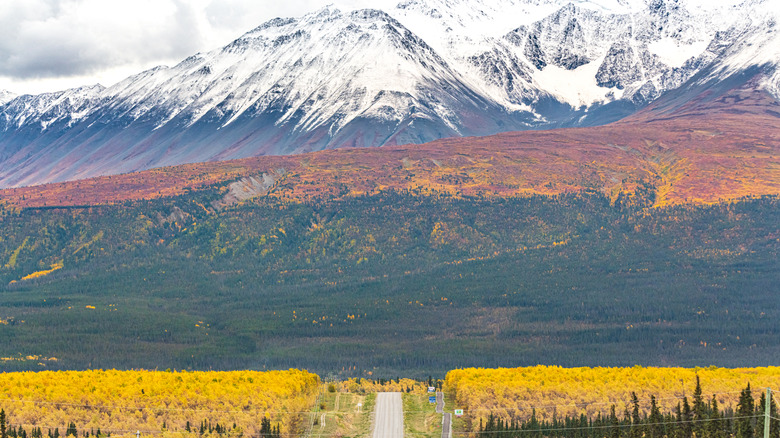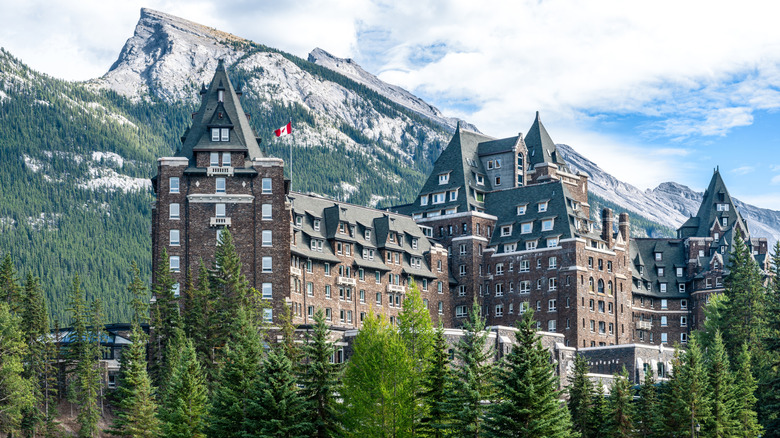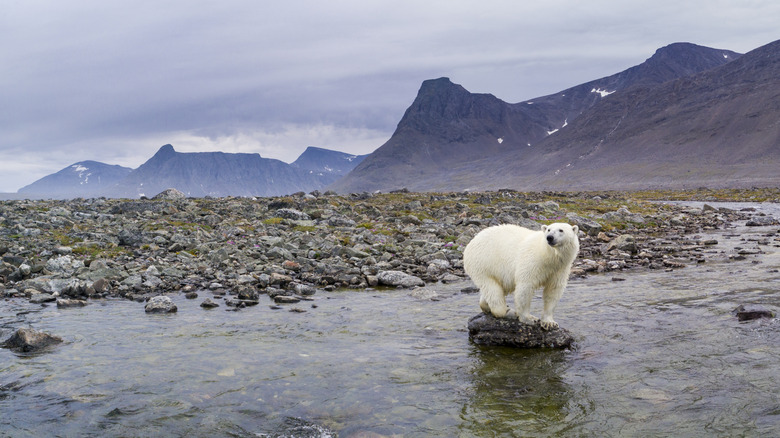At first glance, visiting a national park in Canada might feel comfortingly familiar to Americans. Like the U.S., Canada takes immense pride in protecting its natural spaces, and both countries have vowed to preserve their towering mountains, rugged coastlines, and vast prairie lands. But spend a little more time discovering the parks, and you’ll start to notice some unexpected differences. From the cost to the campgrounds to the small cultural details, taking an epic road trip through Canada’s national parks offers an exciting new experience to U.S. visitors.
One of the first things you’ll notice when entering a Canadian national park is that employees will greet you with a cheery, “Hello! Bonjour!” (or “Bonjour! Hello!” in Quebec). Canada has two official languages — English and French — and services must be offered in both. Even before you arrive, you’ll encounter this bilingualism: Road signs display English and French, so you’ll be directed to both a National Park of Canada and a Parc national du Canada.
You’re probably already aware that road signs in Canada show distances in kilometres rather than miles. But keep in mind that the metric system is also used in the parks, including on hiking trails. A 10-kilometre hike is “only” 6 miles, and the conversion might make the route sound more manageable.
Costs in Canadian vs. American national parks
Now, let’s talk about money. There’s good and bad news for American visitors to Canada’s parks system. Like in the U.S., you’ll probably need to pay an entrance fee. Certain parks in Canada are free to enter, while the cost for others ranges from $9 to $11 per person. That’s often cheaper than American parks, where entry can cost up to $35 per vehicle. So, you might be pleasantly surprised to pay less to enter a national park in Canada.
One thing that shouldn’t surprise you is that the amazingly affordable America the Beautiful pass that permits entry to many U.S. parks doesn’t work in Canada! Canada offers its own version, the Discovery Pass, but it’s a little pricier. A vehicle pass is almost $110 in Canada compared to just $80 in the U.S.
Overnight stays can come in around the same price on both sides of the border, with tent sites at Canada’s Banff and the U.S.’s Yellowstone clocking in at around $20 per night. (Check out Banff’s best campsite here.) What might surprise you is that some Canadian parks charge extra for a campfire permit; permission to toast your marshmallows costs around $8. RVers should also note that some Canadian parks have outdated hookups or simply don’t offer any, so creature comforts might be lacking when compared to what you’re used to in the U.S.
Names and places in Canada’s national parks
Canada’s remote wilderness
At the same time, Canada’s parks often feel more remote and less accessible than those in the U.S. Many Canadian parks are located far from major cities and often require long drives, boat rides, or even small aircraft to reach. For example, Nahanni National Park Reserve in the Northwest Territories is accessed by floatplane, while a visit to the dramatic fjords of Torngat in Labrador requires a combination of a charter flight and a helicopter or boat ride. 11 of Canada’s 37 national parks are in the Arctic.
In contrast, of the 63 U.S. national parks, only two lie in the Arctic. Most are within a few hours’ drive of a major city, particularly in the Lower 48. (There are notable exceptions like several of the parks in Alaska and the far-flung park of American Samoa in the South Pacific.) The added remoteness in Canada can heighten the sense of adventure and solitude.
Whether you go remote or stay closer to home, Canada’s national parks offer an entirely new experience. You can choose from the peaks, glaciers, and forests of Yukon’s Kluane National Park, the record-breaking tides at Fundy National Park in New Brunswick, the endless prairies in Saskatchewan’s Grasslands, or the chance to see polar bears in Wapusk. There’s an adventure for everyone.





